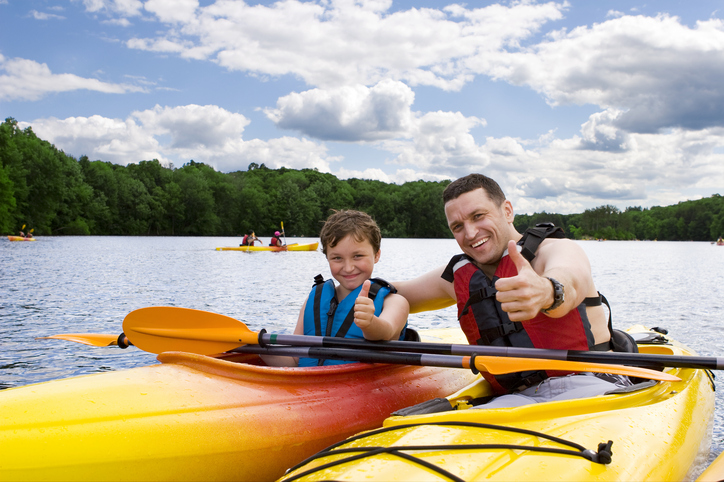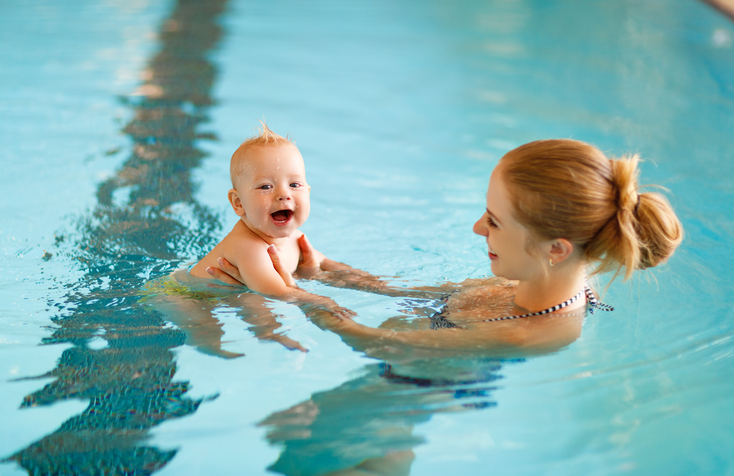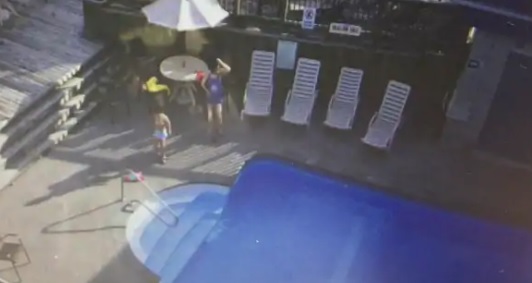A mother and her five-year-old daughter died at a resort pool in Collingwood, Ontario last week and are among the hundreds who will likely drown in Canada this year. Public awareness campaigns and an abundance of swimming classes offered in Canada have led to decreases in drowning cases, but nonetheless, in 2015, 423 people drowned as did 428 the previous year.
Many factors lead to drowning
“In Canada, there’s a lot of different factors involved,” says Kris Porlier, manager of training for St. John Ambulance in the western province of Alberta. “It could be…ill-fitting personal flotation devices, so life-jackets for example. It could be that alcohol is involved…It could be that people are over-confident with their skills…or they’ve made late-night decisions that are bad—people swimming alone for example or diving into shallow water.”
It’s estimated Canada has over two million lakes and rivers and 20 per cent of the world’s freshwater. Boating and swimming during the short summer are popular activities and there are many indoor pools that people use as well all year around.

Kris Porlier offers many ways Canadians can prevent drowning. (Andrea Duncan)
Parent a worried children may drown
A 2010 report from the Lifesaving Society found that four per cent of people born in Canada cannot swim and 19 per cent of new Canadians don’t know how to swim. Based on that information, the society launched safety campaigns in many languages to teach people about the hazards around water and the benefits of swimming courses. Several organizations participate in efforts to reduce drowning deaths across Canada.
The 2010 report also found that 31 per cent of new Canadians are nervous around water and half of new Canadian parents fear their children may drown. That is a fear many Canadian-born parents share. Every year, children drown either by finding a way into back yard pools or falling in to water in the few seconds that parents may have diverted their attention. Porlier has advice on prevention:

Life jackets can save lives, but only if they fit properly and are worn. (iStock)
Many ways to prevent drowning
“Plan ahead, so, swim lessons for kids. I know I have a three- and a five-year old. They’re in swim classes…just getting them aware of what the water is. Also, just watching them. Even if they’re unparented classes, I tend to sit there and watch them…so that I know what they’re capabilities are…
“Also having conversations with kids…(like) my five-year old about he’s not to go in the water without dad. He’s always to wear his life jacket and making sure he had a life jacket that is properly fitted.”

In Canada, there are even safety courses to teach babies how to handle themselves in water. (iStock)
Adults at risk
Porlier notes that seniors and men between the ages of 20 and 24 have a higher risk of drowning than does the general population. He suggests seniors have handles installed in their bath tubs and that adults not swim alone, watch their alcohol intake, be careful with water craft and that they wear their life-jackets and not just sit on them, as is often the practice. And Porlier says even adults who can swim, would benefit from taking a refresher swimming or water safety course.
“We often times, as adults, may think that we’re much more capable than what we are when it comes to water.”







For reasons beyond our control, and for an undetermined period of time, our comment section is now closed. However, our social networks remain open to your contributions.